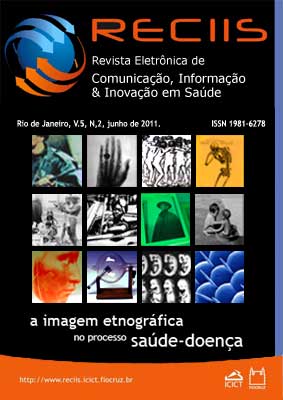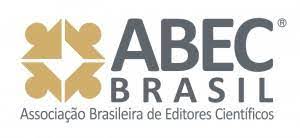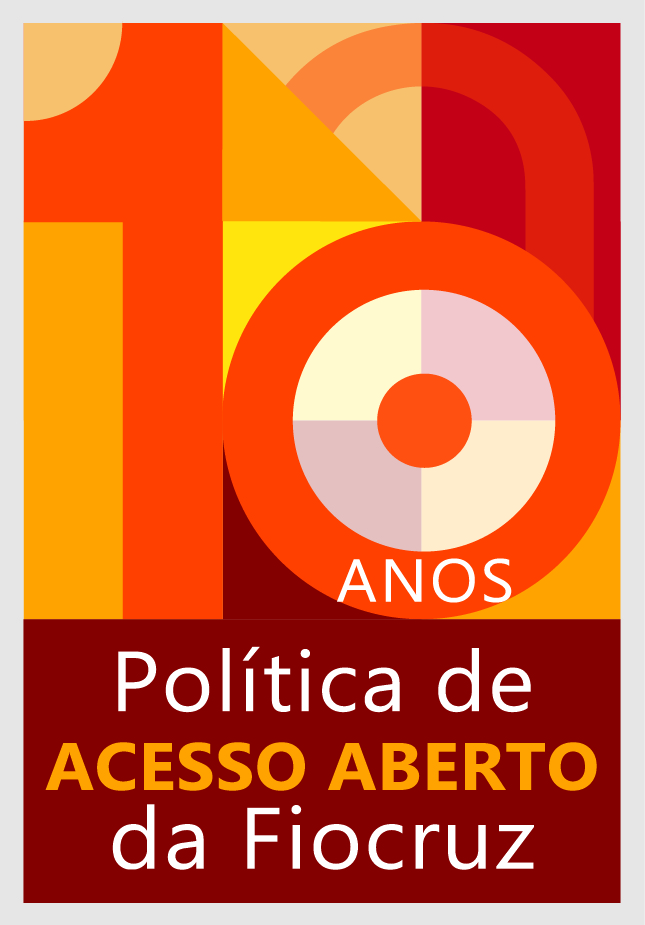Schemes of image and symbolic power: notes on some conceptions of interview in dispute
DOI:
https://doi.org/10.3395/reciis.v5i2.526Keywords:
interview, audio-visual, memory, HolocaustAbstract
This article aims at regarding two U.S. research projects that used video as an important tool to collect data: the Fortunoff Video Archive (Yale) and the Shoah Foundation Institute (USC). Although they had similar goals - to provide a collection of testimonies of Nazism victims -, these institutions show distinct manners of conducting their work, such as: what is the most suitable location for the filming? Who could be at the filming? how and to what extent it should be registered the presence of the interviewer? Which "aesthetic" should the scene have? How to establish time in the interview (chronology of events, the interviewee's subjectivity) and how did it relate to what was shown in the video? Such questions, seemingly confined to the immediate context of the research, put into play deeper issues, such as the dispute over the symbolic power, as reflected by the assertion of a certain public image of the so-called "Holocaust survivor", through a struggle of different points of view with regard to the war and regimes of authenticity. Visual dimension was a central aspect, thus the importance of considering the schemes of image on this research.Downloads
How to Cite
Issue
Section
License
Author’s rights: The author retains unrestricted rights over his work.
Rights to reuse: Reciis adopts the Creative Commons License, CC BY-NC non-commercial attribution according to the Policy on Open Access to Knowledge by Oswaldo Cruz Foundation. With this license, access, download, copy, print, share, reuse, and distribution of articles is allowed, provided that it is for non-commercial use and with source citation, granting proper authorship credits and reference to Reciis. In such cases, no permission is required from the authors or editors.
Rights of authors’s deposit / self-archiving: The authors are encouraged to deposit the published version, along with the link of their article in Reciis, in institutional repositories.












